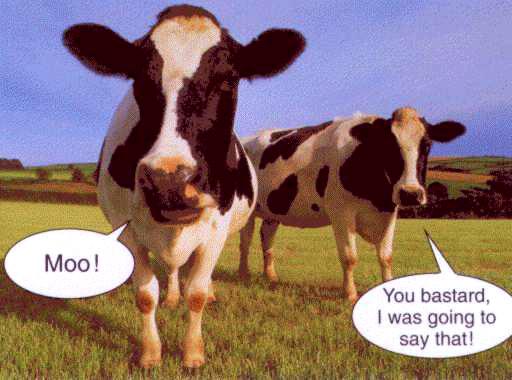A visit to a museum
So far, I have been to the museum in every place at which I have stopped, but most have left me little wiser and no more appreciative of the culture in which I find myself. But this changed today, when I visited the National Museum (also known as the Revolutionary Museum) in Vientiane, Laos. Despite the shortcomings in the displays - the over-reliance on the catch-phrase "American imperialists and their puppets", the shadowy black and white photography, the very terse English captioning - I came out feeling very sobered by the experience.
A lot of the trip has been about feeling good about the sights I am seeing, or the food I'm eating, or its cheapness (here in Vientiane, you can buy a coke and pack of smokes for $1, or replace the coke with a big bottle of Beer Lao for $1.30) or getting grumpy at the innumerable tuktuk drivers who want me to use their services (which include "wssshht opium, you want something?") or tired after a long bus trip on hard seats.
Today gave it a more historical or political context - the entire top floor of the Museum is given over to the struggle of the people of Laos to establish their independence. The country as it is today has only existed for little over thirty years - until it came under the "protection" of Thailand, it had simply been a number of small Kingdoms who, no doubt, would be warring with each other for territory. Then Thailand came and took the north (at least) and, in the 19th century, France beat Britain to colonise. The Americans came on the scene after that, which lead to what is called the 30 year struggle - from World War II through to 1974. It is only then that the Laotians were finally able to establish Laos for themselves: it is little wonder that the first thing the communist led government did was to close the border and oust as many foreigners as they could. And so it stayed - it was practically impossible to visit this place until very late in the 20th century. It leaves me feeling quite special to be allowed in, given the history, as well as providing yet another reminder of the nature of my own country, which was also colonised against the wishes of the indigenous people.
The French influence is still very strong here - in the architecture, in the language (the Romanised version of Laotian uses French rather than English vowel sounds) and in the food - the baguette is as common here as sliced bread is back home. Despite it being a very recent opening up to tourism, Laos has moved ahead very quickly to provide some sort of tourism infrastructure. They have even built a complete town, effectively (Vang Vieng) to capture the appetite of tourists to go tubing in spectacular surroundings and to drink, eat western food and watch Friends of an evening.
I was also curiously pleased by something else I saw in the Museum: I like that they are still finding major cities from medieval times and before; there are two within 70 km of Vientiane which have only recently been discovered. You wonder what other mysteries this country might contain. Plus, there is the wonderful fact that despite having an area of (I think) a hundred square kilometres covered in stone jars (some weigh a tonne, others are more modest, and there are thousands of them), there is no explanation available as to who put them there or what they were used for. One possibility is that they're connected with burial rituals, another is that they're for making alcohol.


0 Comments:
Post a Comment
Subscribe to Post Comments [Atom]
<< Home